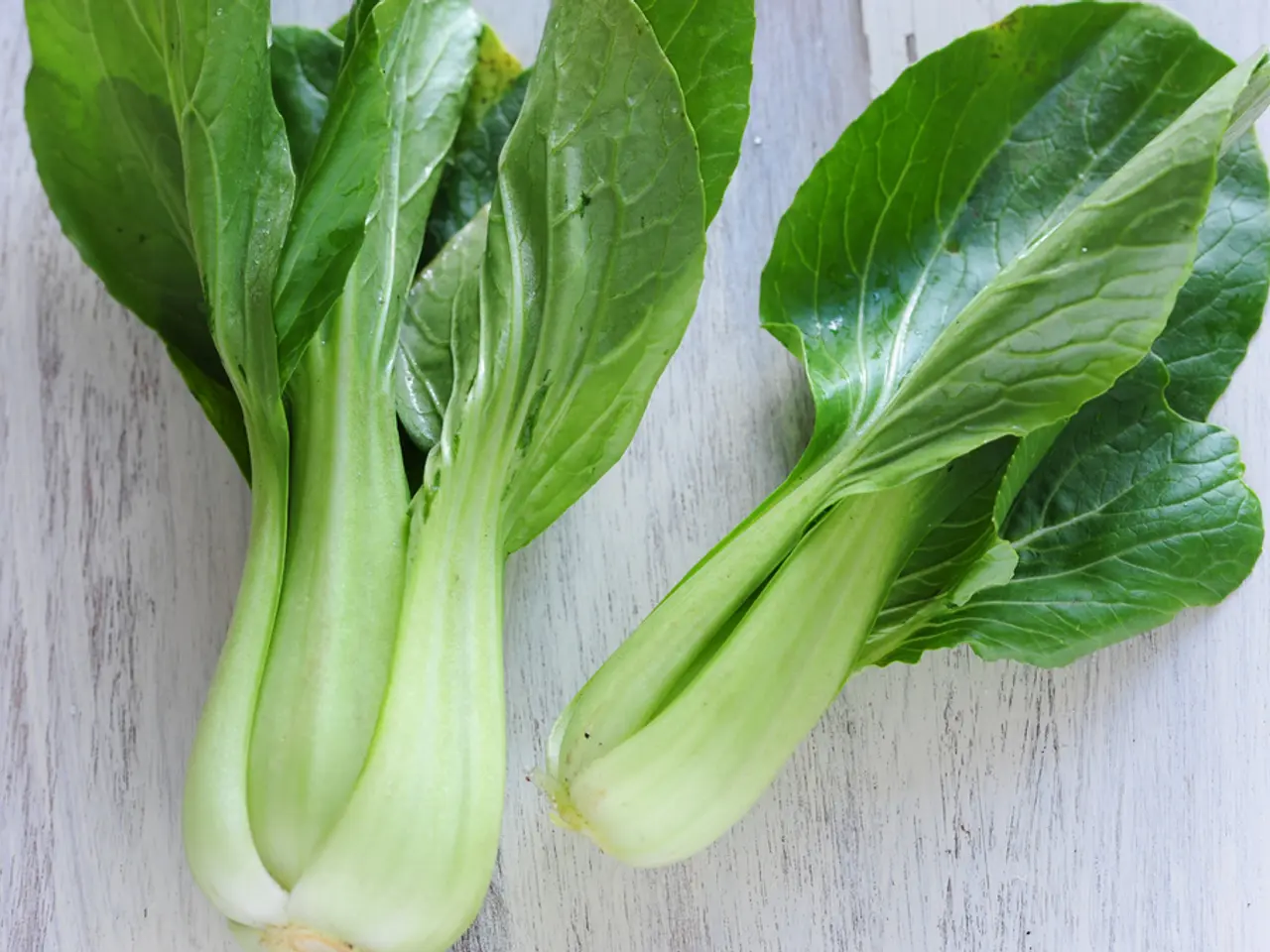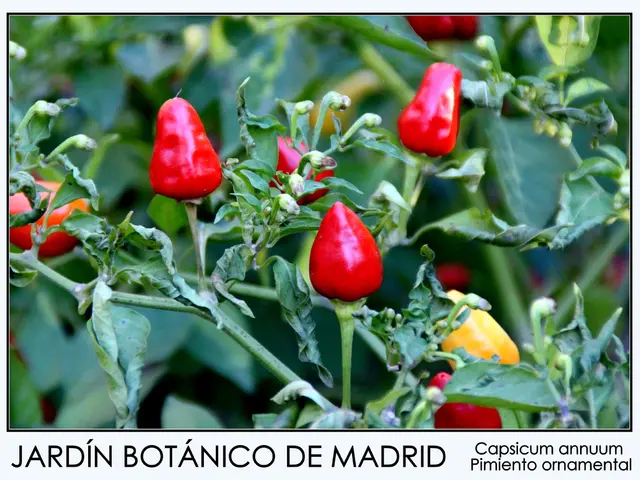Mistaking Preparation Methods of Certain Indian Vegetables?
In the vibrant world of Indian cuisine, the art of cooking extends beyond creating delicious flavours and textures. A growing emphasis is being placed on preserving the nutritional value and health benefits of traditional vegetables, ensuring they remain a nourishing part of our diets. Here are some strategies to optimize cooking methods for various Indian vegetables.
One crucial factor in retaining nutrients is the cooking technique. **Prefer roasting, steaming, or light stir-frying** over boiling or prolonged cooking to retain nutrients and antioxidants. For instance, **cabbage** benefits from light stir-frying or steaming without tightly covering to preserve glucosinolates and vitamin C. **Cauliflower** roasted or lightly steamed with turmeric and pepper boosts its anti-inflammatory compounds.
**Carrots** can be lightly steamed or stir-fried with a small amount of fat (like ghee) to enhance beta-carotene absorption; it's best not to peel too deeply as nutrients are near the skin. **Drumsticks (moringa pods)** retain their calcium, iron, and antioxidants when steamed or added toward the end of cooking. **Beetroot** is best roasted or steamed rather than boiled extensively to preserve betalains and natural sweetness; raw grating into salads is also a good option.
**Use minimal water** and avoid overcooking to prevent leaching of water-soluble vitamins like vitamin C. **Incorporate healthy fats (ghee, cold-pressed oils)** to improve absorption of fat-soluble vitamins (A, D, E, K) found in many vegetables.
**Avoid prolonged boiling**, which damages antioxidants and reduces nutritional quality. Instead, prefer **steaming or roasting** which preserves texture and nutrients better. **Retain cooking liquids when possible**, as nutrients leached into water may still be consumed if the broth is used, minimizing nutrient loss.
**Soaking grains and legumes ahead of cooking** reduces anti-nutrients (e.g., phytic acid), improving mineral bioavailability; sprouting further enhances vitamins and antioxidants. **Use spices like turmeric, cumin, and pepper** to support digestion and enhance anti-inflammatory effects when cooking vegetables and grains.
Bottle gourd (lauki/doodhi) loses its water-soluble nutrients when cooked into mushy gravies or over boiled. Steaming or stir-frying it lightly preserves its cooling and digestive properties. **Carrots** benefit from lightly steaming or stir-frying, and cooking with a small amount of fat (like ghee) helps absorb beta-carotene better.
Over-boiling **drumsticks (moringa pods)** can leach out their nutrients. **Cooking cabbage** with heavy spices and long cooking times destroys its anti-cancer glucosinolates and vitamin C. **Deep-frying or soaking bitter gourd (karela)** for too long removes its valuable compounds. Cooking it with a minimal amount of oil or baking it retains the blood-sugar-lowering benefits.
**Deep-frying or soaking bitter gourd (karela)** for too long removes its valuable compounds. **Cooking spinach** by boiling or overcooking can lead to a significant loss of iron, folate, and vitamin C. Blanching it quickly or lightly sautéing with minimal oil helps retain its nutrients. **Overcooking cauliflower** depletes its antioxidants and vitamins. **Boiling beetroot** for too long reduces its natural sweetness and strips away its betalains.
These guidelines help maximize nutrient retention and health benefits in traditional Indian vegetable preparations while balancing flavour and texture.
- When cooking cabbage, choose light stir-frying or steaming without tightly covering to preserve glucosinolates and vitamin C.
- For carrots, lightly steam or stir-fry with a small amount of fat (like ghee) to enhance beta-carotene absorption, and it's best not to peel too deeply as nutrients are near the skin.
- Drumsticks (moringa pods) retain their calcium, iron, and antioxidants when steamed or added toward the end of cooking.
- Beetroot is best roasted or steamed rather than boiled extensively to preserve betalains and natural sweetness; raw grating into salads is also a good option.






